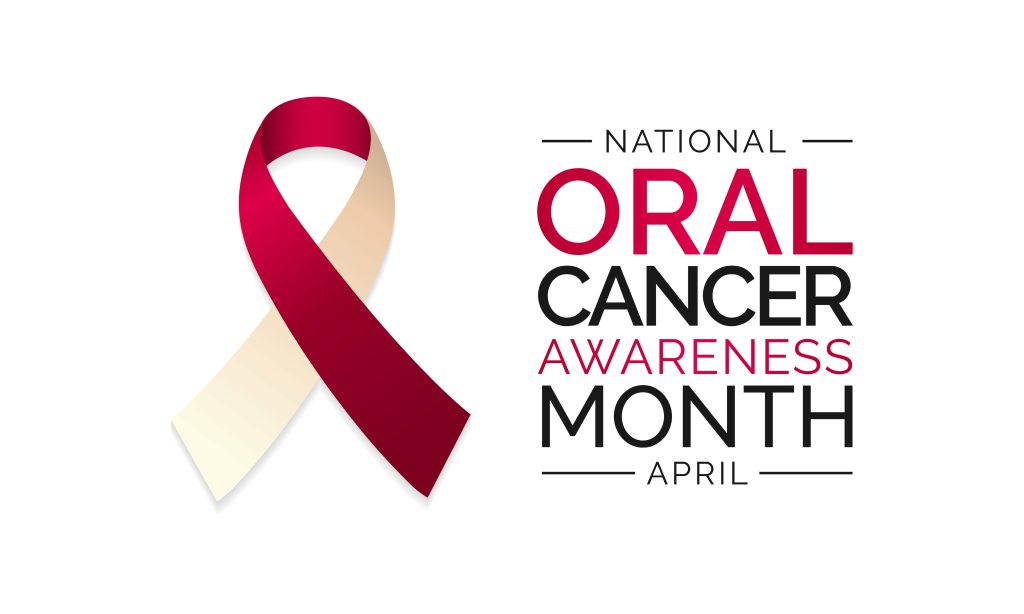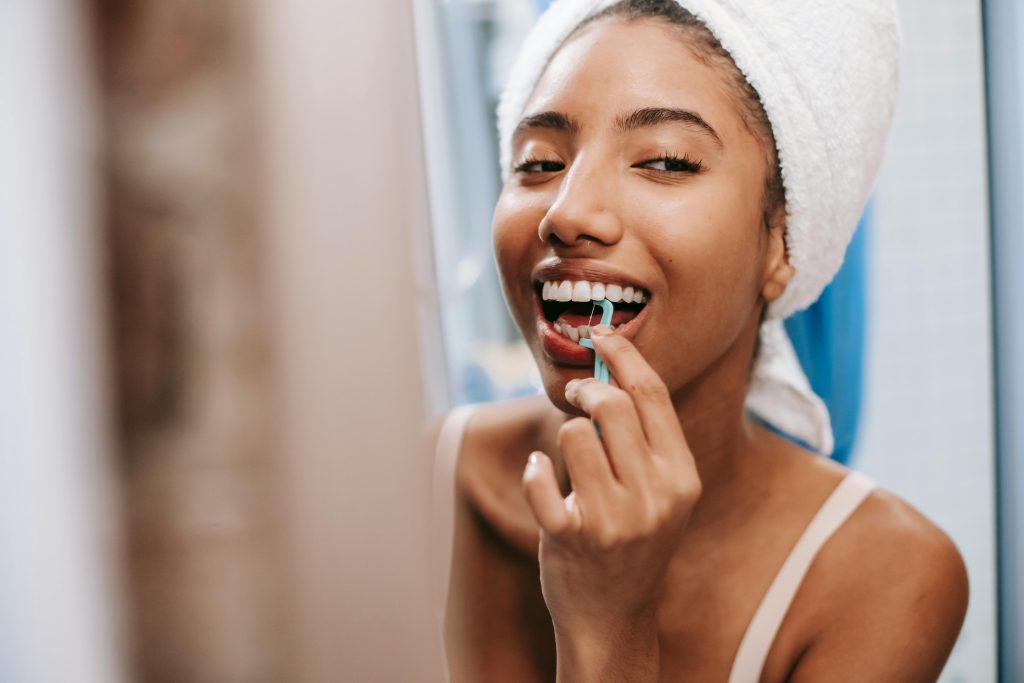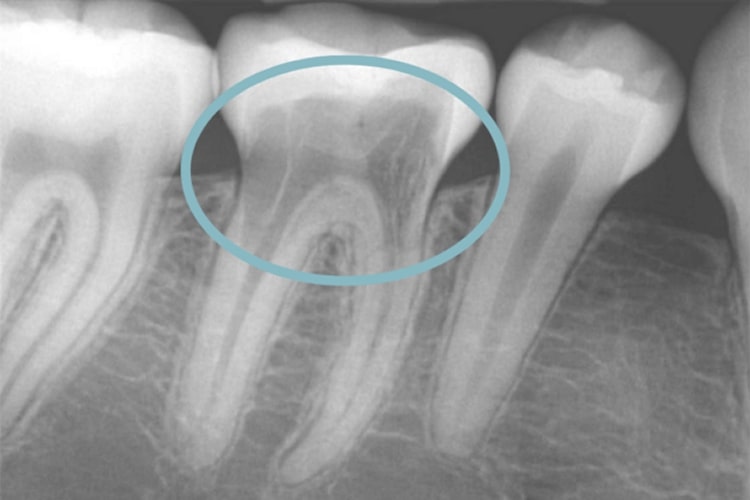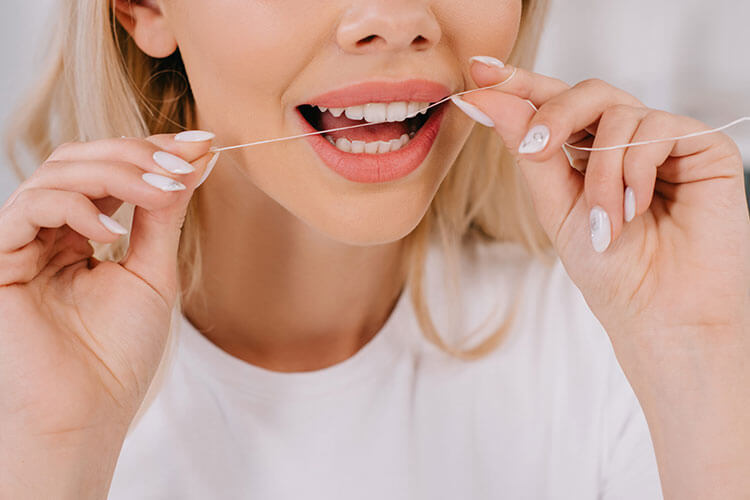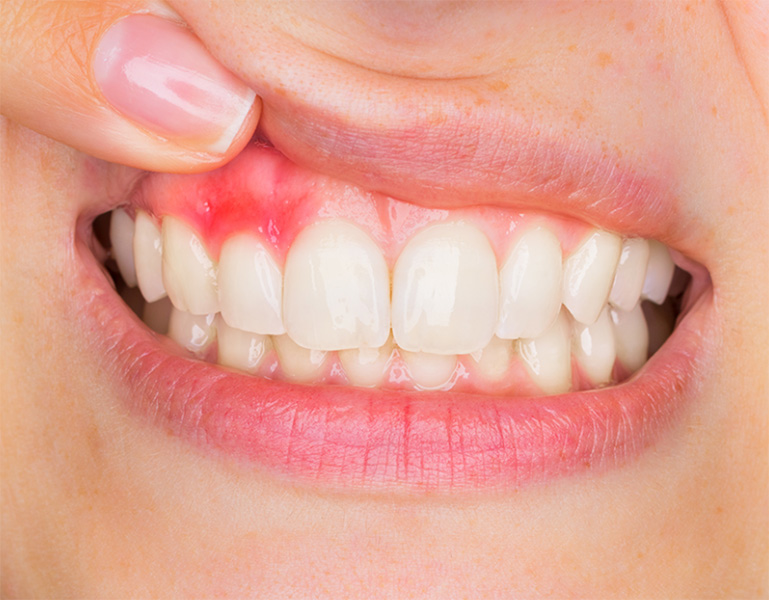
One of the procedures that is considered by those who want to improve how their teeth look is the dental veneer. These are laminates made out of porcelain or composite materials, which are then bonded to the surface of a person’s tooth by way of an adhesive. These are sometimes chosen by people who have problems with tooth discoloration, cracked or chipped teeth, and for misaligned teeth.
Before you decide to get veneers for your teeth, your dentist will need to make an assessment of your original teeth. While these are used to try and cover up severely discolored teeth, since these veneers can be rather thin, the discoloration may make your veneers look slightly discolored as well. Your dentist may decide to try and whiten your original teeth first before any plans for your getting veneers can push through.
This particular dental procedure may require three trips to your dentist, although some find themselves needing only two appointments for this. Those who need three appointments to get their veneers done are those who require some work to be done on their teeth before the impressions for the veneers are made. Some dentists also require a consultation visit before any work is started on a person’s teeth, since there are a few things that need to be discussed before veneers are considered for a patient.
For one, having veneers requires a change in various habits that a person may have, such as teeth grinding and clenching. These can bring about cracks and chips to a veneer, so a person who habitually does this may not be suited to such a cosmetic enhancement of their teeth. Extra care is also needed to keep these looking as good as the day you first got them. Some of the things you need to avoid doing is biting into hard things like ice, or even your fingernails. You also need to use non-abrasive toothpaste, and be more careful when brushing your veneers to keep from scratching the porcelain surface.
When it is determined that you are eligible for veneers, your dentist will then prepare your teeth for the procedure. The preparation stage involves the creation of impressions for the creation of your veneers, and the removal of some of the tooth’s surface to allow for the fitting of the veneer properly over this. The bonding stage happens a few weeks later when your veneers have been made by the dental lab, and are ready for adhesion.
During the final stage of this procedure, your dentist will continuously test fit your veneer over your teeth, adjusting the veneer where it is needed until he or she deems that it is perfect for adhesion. Your original teeth will then be polished, cleaned, and etched in order to properly receive your new veneers. Once your new teeth are cemented in place, and hardened via a light cure tool, your bite will then be evaluated. Excess cement is removed, final adjustments are made, and voila! You now have a new and improved smile courtesy of your veneers.
- Detecting Oral Cancer Early: The Importance of Regular Screenings - April 7, 2024
- The Ultimate Guide to Dental Hygiene: Tips for a Healthy Smile - March 31, 2024
- Unraveling the Mystery of Tooth Resorption with St. Lawrence Dentistry - March 28, 2024




